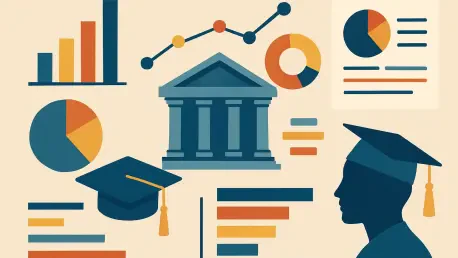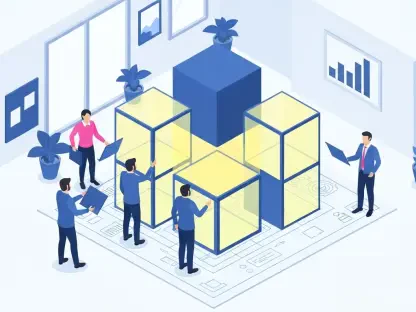Today, we’re thrilled to sit down with Chloe Maraina, a visionary in the realm of Business Intelligence with a deep passion for weaving compelling visual stories through big data analysis. With her expertise in data science and a forward-thinking approach to data management and integration, Chloe offers invaluable insights into how data can transform decision-making in higher education. In this interview, we dive into themes like the power of data-driven strategies, the challenges of cross-functional collaboration, and the future of analytics in institutional improvement. Join us as we explore her perspectives on leveraging data for structural change and innovation.
How did your passion for creating visual stories through big data analysis first develop?
It really started when I was working on a project early in my career where raw numbers just weren’t getting the message across. I realized that data, when presented visually, could tell a story that resonates with people emotionally and intellectually. I began experimenting with different ways to visualize complex datasets, and it became clear that a well-crafted chart or dashboard could shift perspectives and drive action in ways that spreadsheets never could. That’s when I knew I wanted to focus on turning data into narratives that inspire change.
What do you see as the biggest challenge in using data to drive strategic decision-making in higher education today?
One of the biggest challenges is breaking down silos. In universities, data often lives in separate departments, and there’s a lack of integration or shared understanding. Getting everyone to see data as a collective asset rather than a departmental tool takes time and trust-building. It’s not just about the numbers; it’s about creating a culture where data is accessible, understood, and actionable across all levels of the institution.
Can you share an experience where data analysis led to a significant structural change in an organization?
Absolutely. In a previous role, I worked with a university struggling with student retention rates. By diving into the data, we uncovered patterns showing that certain student groups weren’t accessing key support services early enough. We used visualizations to present these findings to leadership, which led to a complete overhaul of how outreach programs were structured. Within two years, retention rates improved by nearly 10%. It was a powerful reminder of how data, when used right, can directly impact lives.
How do you approach collaboration when working on cross-functional projects with diverse teams?
I start by listening. Every team has its own priorities and language, so I make it a point to understand their goals and pain points before proposing solutions. I also rely on data visualizations as a common ground—something tangible that everyone can rally around. Regular check-ins and transparent communication are key to ensuring alignment, especially when you’re dealing with stakeholders who might not be data-savvy. It’s about building trust and making sure everyone feels heard.
What excites you most about the potential of data analytics to transform higher education institutions?
I’m thrilled by the opportunity to make education more equitable and efficient. Data analytics can pinpoint where resources are needed most, whether it’s identifying at-risk students or optimizing operational processes. There’s so much potential to personalize learning experiences and improve outcomes on a massive scale. For me, it’s about using data to create systems that don’t just react to problems but anticipate and prevent them.
How do you balance the technical aspects of data science with the need to communicate insights effectively to non-technical stakeholders?
It’s all about translation. I focus on simplifying without dumbing down—using visuals and relatable analogies to explain complex concepts. For instance, instead of diving into statistical jargon, I might compare data trends to everyday patterns people already understand. I also prioritize what the audience needs to know over what I think is interesting. Tailoring the message to their context ensures they walk away with actionable insights, not just numbers.
What is your forecast for the future of data management and integration in higher education?
I believe we’re heading toward a more interconnected and predictive future. With advancements in AI and machine learning, data management will become increasingly automated, allowing institutions to focus on interpretation rather than collection. Integration across platforms will be critical—think unified systems where student, financial, and operational data all talk to each other seamlessly. My forecast is that within the next decade, universities that embrace this integrated, predictive approach will lead the way in innovation and student success.









